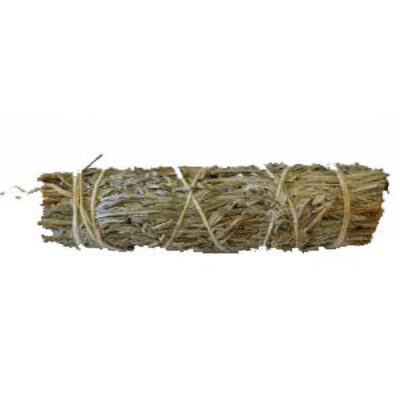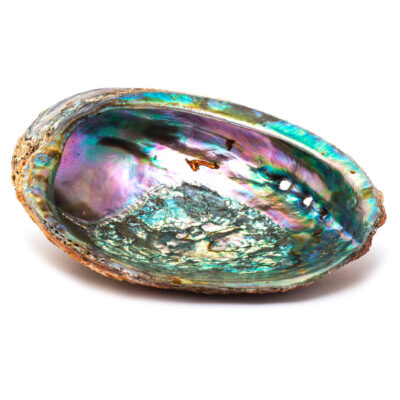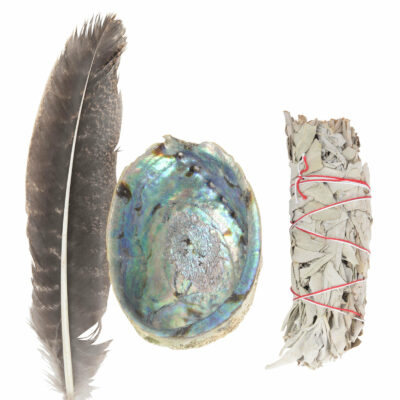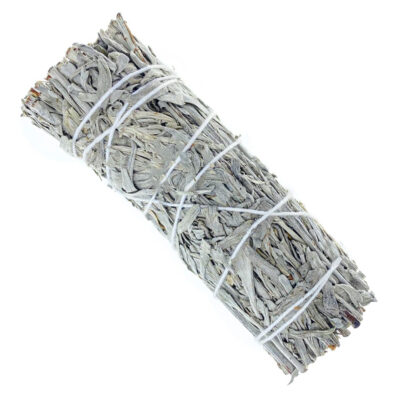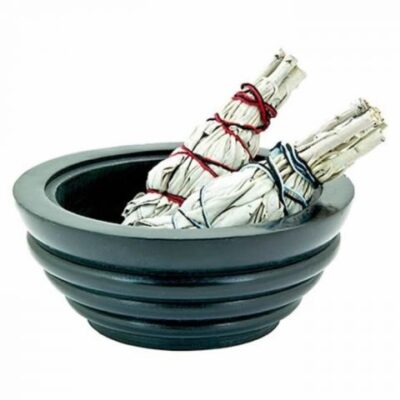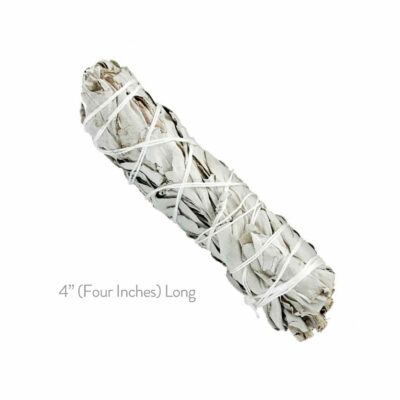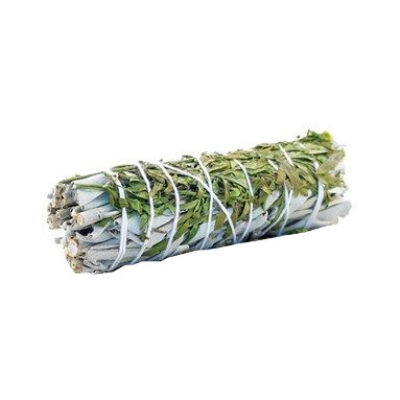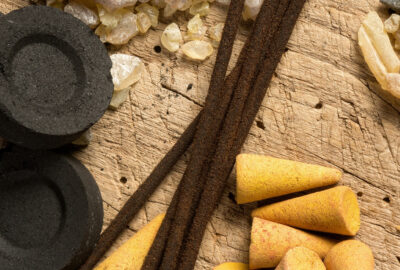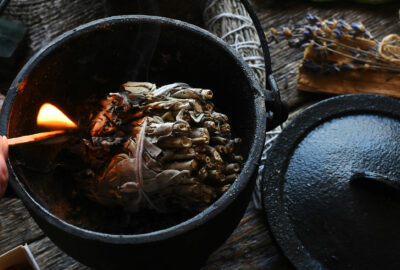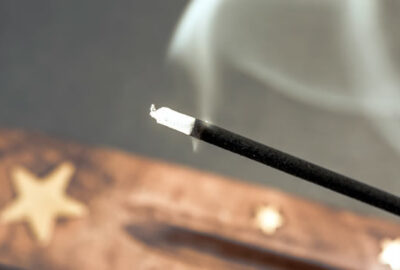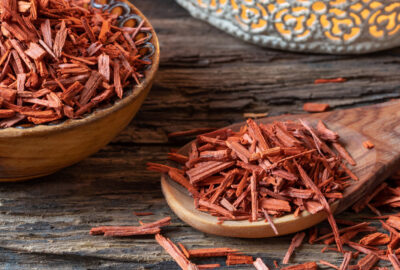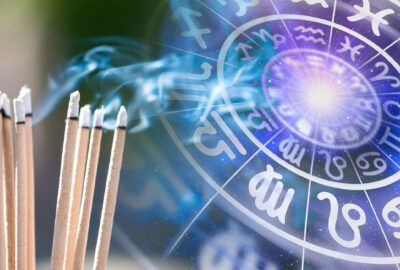
Smudging for Beginners: A Sacred Guide to Cleansing and Purification
Smudging is one of the most powerful and accessible spiritual practices you can bring into your life. At its core, it is a simple ritual of burning sacred herbs to cleanse away heaviness, negative energy, or lingering stress. For beginners, smudging is a beautiful way to create peace in your home, clarity in your spirit, and renewal for your sacred tools. When done with intention, even a wisp of smoke can transform the energy around you.
The Spiritual Meaning of Smudging
Smudging has deep roots in Native American traditions, where plants like sage, cedar, sweetgrass, and tobacco were considered sacred medicines. Elders burned them to prepare for ceremonies, offer prayers, and purify both body and spirit. Each herb carried a purpose: sage for clearing, cedar for protection, sweetgrass for blessings, and tobacco as an offering. The rising smoke was seen as a visible prayer, lifting intentions to the Creator.
The practice of burning herbs for purification is not unique to Native Americans. Across the world, Catholic priests use incense to bless their congregations, Hindu aarti circles flames of camphor to honor deities, and African and Caribbean traditions burn resins like frankincense and copal to drive away illness and call on ancestral protection. Even European folk practices burned juniper, rosemary, and mugwort to keep homes safe. Smudging belongs to this larger spiritual lineage of fire and smoke carrying intention.
In modern times, smudging has spread widely, but its true power lies not in trend, but in respect. The smoke does more than scent the air; it carries prayer, clears heaviness, and restores balance.
Smudging Tools for Beginners: What You’ll Need
Before beginning your first smudging ritual, gather the sacred tools you’ll need:
- A bundle of sage, cedar, or sweetgrass, or a stick of palo santo (learn more about the magic and spiritual uses of Palo Santo).
- A fireproof dish, such as an abalone shell or soapstone bowl.
- A lighter or matches.
- A feather or your hand to guide the smoke.
- A cup of water for safety.
- Optional: cedarwood oil or aloe vera oil to seal the cleansing with extra protection.
If you’re new to herbs, be aware that each one carries a distinct energy. White sage is the most well-known, but blue and black sage also have sacred uses. Choosing the right herb depends on your intention.
Choosing the Right Herb for Your Intention
Different herbs bring different blessings. Choosing the right plant ally will help your smudging ritual align with your goals:
- White Sage: Known for deep clearing and purification. Ideal when you feel weighed down or need a fresh start.
- Sweetgrass: Brings blessings and positive energy. Often used after sage to invite goodness in.
- Cedar: A sacred plant for protection. Perfect for guarding your home or spirit.
- Palo Santo: Invites healing, warmth, and peace. Excellent for emotional balance and grounding.
By matching your herb to your intention, you create a more powerful and focused ritual.
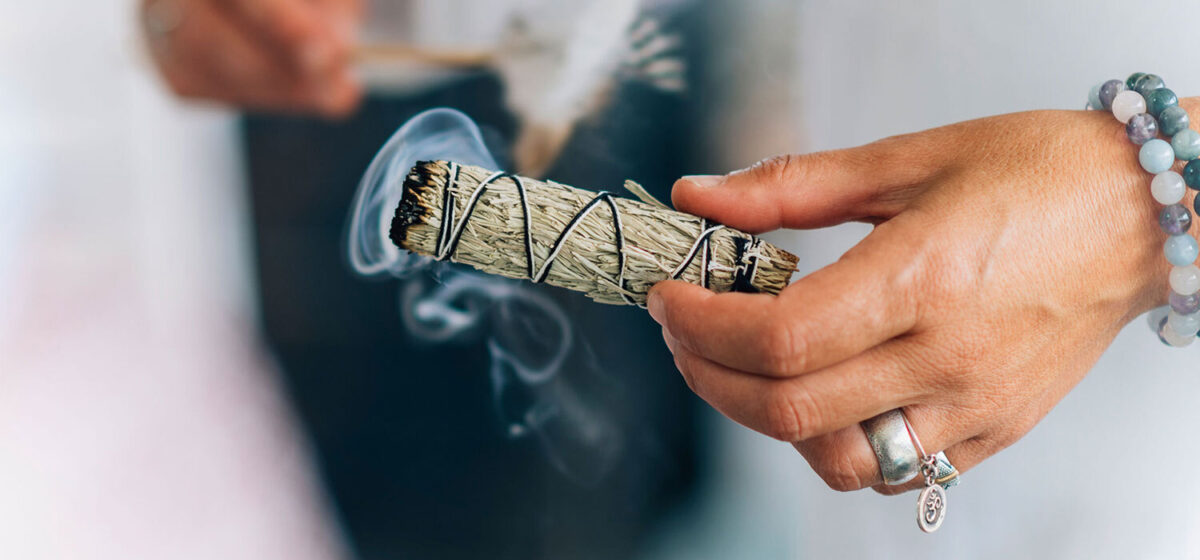
White sage smudging releases stagnant energy, inviting peace, clarity, and protection into your space.
Best Times to Smudge
While you can smudge whenever you feel called, certain times carry extra energy for beginners to connect with:
- At Sunrise: Beginning the day with a cleansing ritual helps you enter the morning with clarity and calm.
- During the Full Moon: A powerful time to release negativity, let go of old patterns, and invite renewal.
- Seasonal Changes: Smudging at solstices, equinoxes, or even the start of each month creates a rhythm of balance and protection in your life.
Trust your intuition. If the energy feels heavy, that is the best time to smudge.
How to Smudge Your Home
Your home is more than walls and furniture; it holds memories, emotions, and energies. A smudging ritual helps clear away old tension and invites peace and protection.
Begin by grounding yourself. Place your feet firmly on the ground, breathe deeply, and set a clear intention. You might pray, “May this home be filled with love, peace, and light.” Open windows and doors to give heavy energy a path to leave.
Light your smudge bundle until it glows, then gently blow on it until smoke rises. Carry the smoke into each room. Move slowly, paying attention to corners, closets, and doorways where energy often lingers. With each wave of smoke, repeat your prayer or affirmation, seeing negativity lift and flow out the windows.
When finished, let the smoke wash over your own body before extinguishing the herbs in water or letting them burn out safely. To seal the cleansing, light a white candle and place a drop of cedarwood oil on windows and doors. This helps anchor the energy of peace and protection in your space.
How to Smudge Yourself
Just as homes can hold tension, so can our bodies and spirits. Smudging yourself is a gentle way to release sadness, anger, fatigue, or stress.
Hold your smudge stick over a fireproof dish and let the smoke rise. Starting at your head, slowly wave the smoke down over your body. Let it pass over your face, chest, arms, and legs. As the smoke touches you, imagine heavy energy falling away. Repeat a prayer such as, “I am cleansed, renewed, and at peace.”
You can also cup your hands to draw smoke to your heart or face, breathing deeply as you release what no longer serves you. When complete, thank the herbs for their help. Gratitude strengthens the ritual and your connection with the sacred plants.
How to Smudge Sacred Objects
Objects we wear or use in ritual often absorb energy. Smudging them restores balance and renews their power.
Light your herbs until they smoke steadily. Hold each object in the smoke, turning it so all sides are touched. Crystals, jewelry, altar tools, or even furniture can all be cleansed this way. As the smoke surrounds them, speak an intention: “Be cleansed and renewed for sacred purpose.”
For larger items, simply wave the smoke in circles around them. Once done, place your objects in a quiet place to rest and absorb the freshness of their renewed energy. For more guidance, explore how different herbs can remove negative energies from the spaces and items you love.
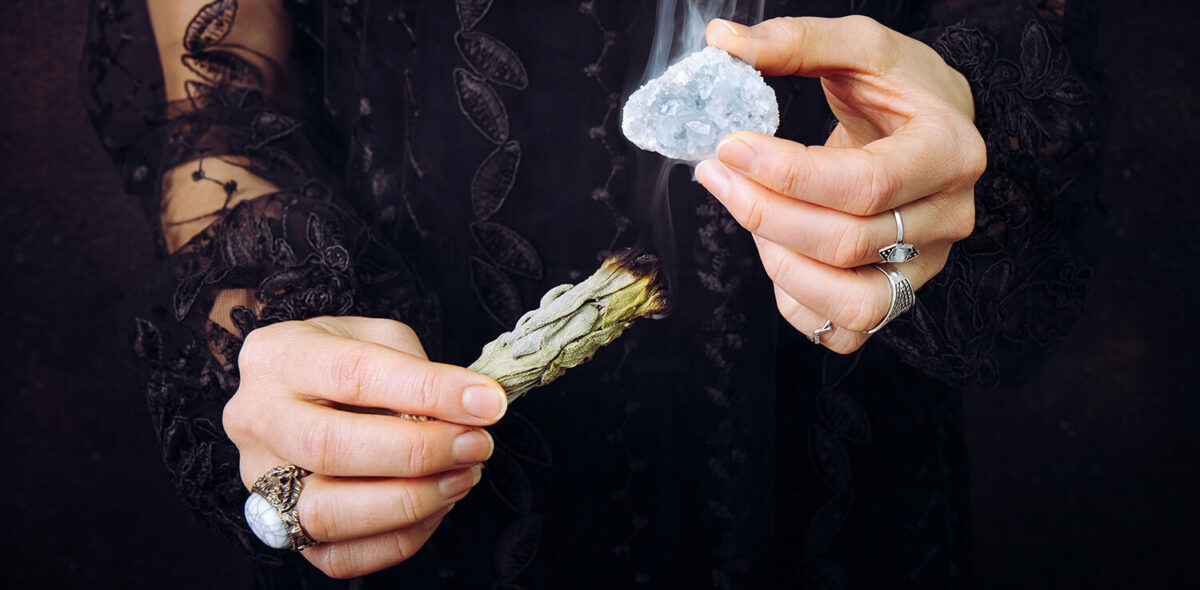
Cleansing a crystal with sacred smoke restores its energy, clearing away heaviness and renewing its spiritual power.
Beginner Mistakes to Avoid
When first learning to smudge, beginners sometimes stumble on common misunderstandings:
- Believing sage is the only option. In truth, cedar, rosemary, juniper, and palo santo all hold cleansing power.
- Thinking more smoke equals more purification. It is your prayer and intention that matter most.
- Forgetting to open windows or ground yourself before beginning.
- Treating smudging as a trend rather than a sacred ritual.
When you remember that smoke carries intention, each ritual becomes deeper and more powerful.
FAQs About Smudging for Beginners
Is it okay to smudge if I’m not Native American?
Yes, but approach with respect. Learn the cultural roots and honor the plants you use.
What do you say when smudging your home?
Simple prayers or affirmations work best. Speak from the heart, such as “This home is filled with love and light.”
Can I smudge with incense instead of sage?
Yes. Many cultures use incense, resins, or herbs. What matters most is the respect and intention behind the act.
Is it safe to smudge around pets and children?
Yes, but keep rooms well-ventilated and avoid heavy smoke. Sensitive lungs may need you to smudge lightly.
How often should a beginner smudge their home?
As often as you feel heaviness return. Many people smudge weekly or during full moons, new beginnings, or after conflict.
What’s the difference between sage and palo santo for smudging?
Sage clears out heavy energy, while palo santo often invites warmth and blessings. Both can be powerful tools.
What herbs should beginners avoid when smudging?
Avoid plants you are allergic to or those not traditionally used for burning. Stick to sacred herbs like sage, cedar, sweetgrass, or palo santo.
Can smudging really remove bad energy scientifically?
While spiritual benefits are most emphasized, studies suggest burning herbs may reduce airborne bacteria and support emotional well-being.
What’s the difference between smudging and incense burning?
Smudging uses sacred herbs in ritual, while incense burning is often for fragrance or meditation. Both purify, but smudging emphasizes prayer and intention.
How long should I let sage burn when smudging?
Light it until it smolders and produces steady smoke. You don’t need a large flame, just enough smoke to carry your prayer.
From Smoke to Light: Beginning Your Journey
Smudging for beginners is more than waving smoke. It is about forming a relationship with sacred plants and learning to set clear intentions. Whether you are cleansing your home, your spirit, or your sacred objects, the ritual invites light where there was heaviness. With each curl of smoke, you are reminding yourself that renewal is always possible.
Start simple. Begin with one herb, one prayer, and one intention. Over time, smudging will grow from a beginner’s practice into a trusted ally in your spiritual journey.

